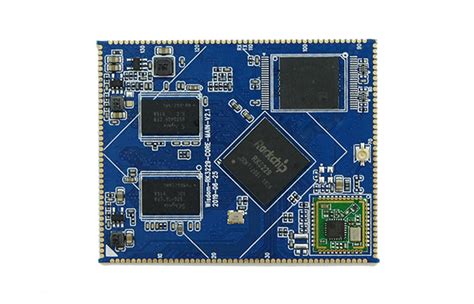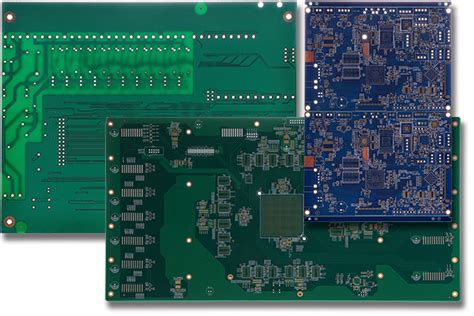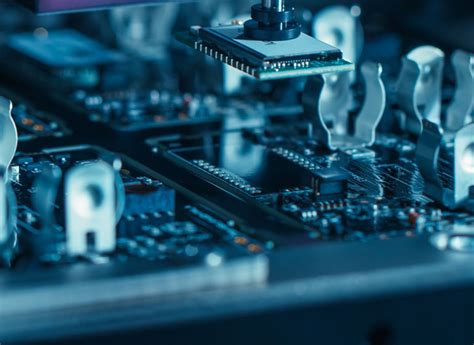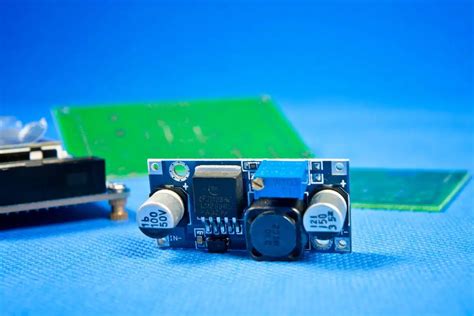Precision PCB & PCBA Manufacturing for Reliable Electronics
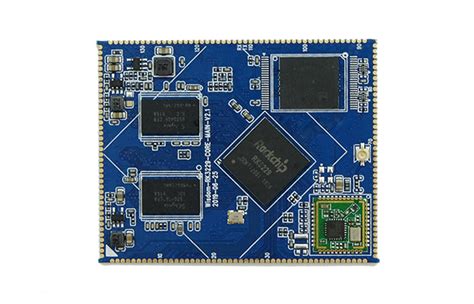
Key Takeaways
Modern electronics demand PCB assembly processes that prioritize precision and consistency. Advanced technologies like automated optical inspection (AOI) and surface-mount technology (SMT) ensure seamless integration of components during PCBA production. Rigorous quality control protocols, including thermal cycling tests and X-ray inspections, validate the durability of circuit boards under extreme conditions.
Tip: When selecting a PCB & PCBA manufacturer, verify their certifications (e.g., ISO 9001, IPC-A-610) to guarantee adherence to industry standards.
The shift toward high-density interconnect (HDI) designs underscores the need for expert-led processes to manage complex layouts and miniaturized components. From prototyping to mass production, reliable PCB assembly services leverage data-driven analytics to optimize yield rates and reduce defects. Additionally, traceability systems ensure full visibility across the supply chain, critical for industries like aerospace and medical devices.
By combining cutting-edge PCB assembly tech with stringent testing frameworks, manufacturers deliver solutions that meet both performance benchmarks and long-term reliability expectations. This holistic approach minimizes downtime risks and extends the lifecycle of electronic systems.
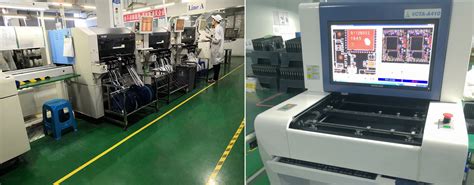
Precision PCB & PCBA Manufacturing
Modern electronics demand PCB assembly processes that prioritize precision at every stage, from design validation to final testing. PCBA (Printed Circuit Board Assembly) manufacturing combines advanced engineering with meticulous execution to ensure seamless integration of components, enabling devices to perform reliably under diverse conditions. By leveraging automated optical inspection (AOI) and surface-mount technology (SMT), manufacturers achieve micron-level accuracy in placing components, minimizing defects and optimizing signal integrity.
A critical aspect of precision manufacturing lies in material selection. High-performance substrates like FR-4 or polyimide are paired with lead-free solder to enhance durability while meeting environmental regulations. The table below highlights key differences between traditional and precision-driven PCB assembly methods:
| Factor | Traditional Methods | Precision-Driven Methods |
|---|---|---|
| Component Placement | Manual alignment | Robotic SMT systems |
| Inspection | Visual checks | AOI & X-ray analysis |
| Tolerance Threshold | ±5% | ±0.1% |
| Yield Rate | 85-90% | 98-99.9% |
To maintain consistency, PCBA workflows incorporate real-time monitoring systems that track thermal profiles during reflow soldering, preventing warping or cold joints. This approach ensures that even complex multi-layer boards meet stringent performance criteria for industries like aerospace, medical devices, and automotive electronics. By integrating design-for-manufacturability (DFM) principles early in the development cycle, engineers can preemptively address potential bottlenecks, reducing time-to-market without compromising quality.
Expert PCB Assembly Techniques
Modern electronics demand meticulous attention to detail in PCB assembly processes to ensure optimal functionality. Expert techniques in PCBA involve precise component placement, advanced soldering methods, and rigorous testing protocols. Specialized equipment, such as automated pick-and-place systems, guarantees micron-level accuracy when mounting surface-mount devices (SMDs) or through-hole components. Critical stages like reflow soldering require precise temperature profiles to form durable electrical connections without compromising board integrity.
To maintain consistency, manufacturers employ real-time monitoring during assembly, identifying potential defects like solder bridges or misaligned parts. Techniques such as automated optical inspection (AOI) and X-ray inspection validate solder joint quality, particularly for ball grid array (BGA) components. Additionally, conformal coating applications protect assembled boards from environmental stressors, enhancing longevity.
By integrating these methods, PCB assembly experts achieve high yields while meeting stringent industry standards for performance and durability. This technical rigor ensures that every PCBA delivers the reliability required for applications ranging from consumer electronics to aerospace systems.
Advanced PCB Manufacturing Tech
Modern PCB assembly processes leverage cutting-edge technologies to meet the demands of high-performance electronics. Innovations such as automated optical inspection (AOI) and laser direct imaging (LDI) enhance precision in trace alignment and minimize defects during fabrication. These advancements are critical for PCBA applications requiring ultra-fine pitch components or high-density interconnects (HDIs), where even micron-level errors can compromise functionality.
Furthermore, the integration of embedded component technology allows passive and active elements to be placed within the substrate layers, reducing board size while improving signal integrity. Manufacturers now utilize advanced materials like low-loss dielectrics and thermally conductive substrates to support high-frequency and high-power designs. For instance, recent developments highlight the adoption of additive manufacturing techniques for rapid prototyping, accelerating time-to-market for complex PCB assembly projects.
By combining these technologies with AI-driven process optimization, PCBA providers achieve tighter tolerances and repeatability, ensuring consistent performance across production batches. This technological synergy not only elevates manufacturing standards but also addresses evolving industry requirements for durability and miniaturization in sectors ranging from aerospace to IoT devices.
PCB & PCBA Quality Control
Rigorous quality control is the cornerstone of producing reliable PCB assembly and PCBA products. Modern manufacturing integrates multi-stage inspection protocols to ensure every circuit board meets exacting standards. Automated Optical Inspection (AOI) systems scan for defects like soldering errors or misaligned components, while X-ray imaging verifies hidden connections in multilayer designs. Functional testing then simulates real-world operating conditions, stress-testing PCB assemblies for thermal resilience and electrical stability.
Compliance with international standards, such as IPC-A-610 and ISO 9001, ensures consistency across batches. Advanced traceability systems, including barcoding and digital records, enable precise tracking of materials and processes—critical for industries like aerospace or medical devices. For example, third-party audits further validate adherence to quality benchmarks, reinforcing trust in high-stakes applications.
By combining automated precision with human expertise, manufacturers minimize failure risks at every PCBA stage. This dual approach not only safeguards performance but also extends product lifespans, aligning with the demand for durable electronics in today’s fast-evolving tech landscape.
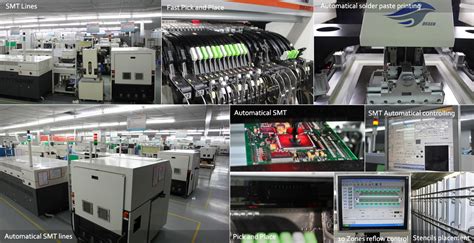
Reliable PCB Assembly Services
When sourcing PCB assembly solutions, reliability forms the cornerstone of successful electronics production. Leading manufacturers combine precision engineering with rigorous testing protocols to deliver PCBA units that meet exacting performance standards. By leveraging automated pick-and-place systems and reflow soldering technologies, these providers ensure consistent component placement and solder joint integrity, even for complex multi-layer designs.
Critical to reliability is the integration of real-time quality monitoring during assembly. Advanced systems track parameters like temperature profiles and solder paste deposition, minimizing defects before boards progress to final testing. For mission-critical applications, PCB assembly partners often implement additional validation steps, such as X-ray inspection for hidden solder voids or boundary-scan testing for functional verification.
The most trusted PCBA manufacturers maintain certifications like ISO 9001 and IPC-A-610 Class 3, demonstrating adherence to international reliability benchmarks. This operational discipline translates to PCBA products capable of withstanding thermal cycling, vibration, and prolonged operational stress – essential for industries ranging from aerospace to medical devices. As component miniaturization accelerates, these reliability-focused processes become increasingly vital for ensuring end-product durability and compliance with evolving technical specifications.
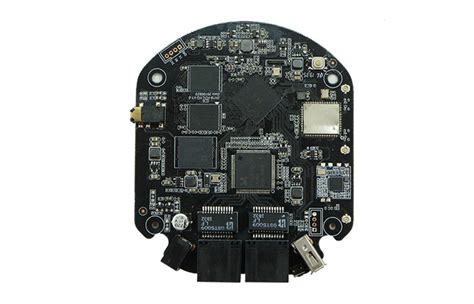
Cutting-Edge PCB Assembly Tech
Modern PCB assembly relies on innovative technologies to meet the demands of high-performance electronics. Automated pick-and-place systems, combined with robotic soldering, ensure micron-level accuracy when mounting components onto boards. These systems are complemented by advanced surface-mount technology (SMT), which enables the placement of ultra-miniature parts, critical for compact devices like wearables and IoT sensors.
To address complex designs, manufacturers now leverage laser-direct imaging (LDI) for precise circuit patterning and 3D inspection tools for real-time defect detection. Such advancements minimize errors in PCBA workflows, particularly when handling high-density interconnect (HDI) boards or flexible substrates. Additionally, Gold Phoenix PCB utilizes AI-driven process optimization to enhance yield rates, ensuring consistency across large-scale production runs.
A key trend is the integration of environmentally conscious practices, such as lead-free soldering and halogen-free materials, aligning with global sustainability standards. By pairing these innovations with rigorous testing protocols—including in-circuit (ICT) and functional testing—PCB assembly providers deliver boards that withstand extreme conditions while maintaining signal integrity. This technological synergy not only accelerates time-to-market but also future-proofs electronic systems against evolving industry requirements.
Durable PCB Assembly Solutions
Modern PCB assembly processes prioritize longevity by integrating robust materials and precision engineering. Durability begins with substrate selection, where high-performance laminates resistant to thermal stress and moisture absorption form the foundation. For PCBA (Printed Circuit Board Assembly), surface-mount technology (SMT) components are secured using lead-free solders that withstand temperature fluctuations up to 260°C, ensuring stability in demanding environments like automotive or industrial applications.
Advanced conformal coatings, such as acrylic or silicone-based formulations, add an extra layer of protection against contaminants, humidity, and chemical exposure. Automated optical inspection (AOI) systems verify solder joint integrity, while thermal cycling tests simulate years of operational stress to identify potential failure points early. These steps align with the broader difference between PCB and PCBA, emphasizing how assembly transforms bare boards into functional, resilient systems.
To further enhance reliability, manufacturers employ edge-bonding adhesives for components exposed to vibration, reducing mechanical strain by up to 40%. Pairing these techniques with strict IPC-A-610 standards ensures every PCB assembly meets rigorous performance benchmarks, delivering solutions that endure beyond typical lifecycle expectations.

Expert-Led PCBA Production Processes
Modern PCB assembly relies on precision-driven workflows guided by seasoned engineers and technicians. By integrating design validation, component sourcing, and automated soldering, PCBA specialists ensure each circuit board meets exact functional and durability specifications. Critical stages like surface-mount technology (SMT) placement and through-hole assembly are optimized using advanced equipment calibrated for micron-level accuracy, minimizing defects while maximizing throughput.
A hallmark of expert-led production is the seamless coordination between PCB fabrication and PCBA integration. Rigorous thermal profiling and automated optical inspection (AOI) systems verify solder joint integrity and component alignment, addressing potential failures before final testing. This proactive approach aligns with industry benchmarks, ensuring assemblies perform reliably under varying operational stresses.
To maintain consistency, manufacturers employ statistical process control (SPC) tools, tracking metrics like solder paste deposition volume and placement accuracy. Such data-driven oversight, combined with cross-functional expertise, enables rapid adjustments during high-volume runs—balancing efficiency with uncompromising quality. By prioritizing traceability and process transparency, PCB assembly teams deliver solutions that meet both technical and regulatory demands across industries.
Conclusion
In modern electronics production, the synergy between PCB assembly and PCBA processes forms the backbone of device reliability. Selecting a manufacturer that prioritizes precision engineering and robust quality assurance ensures seamless integration of components, from bare boards to fully functional assemblies. Advanced techniques such as automated optical inspection and thermal profiling minimize defects, while adherence to IPC-A-610 standards guarantees consistency across batches.
For industries demanding high-performance electronics, partnering with an experienced PCB & PCBA provider bridges the gap between design intent and real-world durability. Whether prototyping or scaling production, rigorous testing protocols—including functional verification and environmental stress screening—validate performance under extreme conditions. By leveraging cutting-edge PCB assembly technologies and material innovations, manufacturers can deliver solutions that meet evolving demands in automotive, aerospace, and medical sectors.
Ultimately, the success of any electronic system hinges on meticulous attention to detail at every PCBA stage, ensuring end-products withstand both operational demands and market expectations.
FAQs
What distinguishes a high-quality PCB assembly process?
A reliable PCB assembly service combines automated optical inspection (AOI) with X-ray testing to detect microscopic defects. Advanced manufacturers adhere to IPC-A-610 standards, ensuring consistent solder joint quality and component alignment for durable PCBA outcomes.
How does advanced technology enhance PCBA reliability?
Modern PCB assembly leverages surface-mount technology (SMT) and automated pick-and-place systems to achieve precision at scale. These tools minimize human error, optimize signal integrity, and support complex designs, making PCBA solutions suitable for mission-critical applications.
What certifications should a trusted PCB & PCBA partner hold?
Reputable manufacturers maintain ISO 9001:2015 for quality management and UL listing for safety compliance. Certifications like IPC Class 3 validate their capability to produce PCBA units for aerospace, medical, or industrial electronics requiring zero-failure performance.
Can custom PCB assemblies meet tight deadlines without compromising quality?
Yes, leading providers use just-in-time inventory and flexible production lines to accelerate PCB assembly cycles. By integrating real-time monitoring and predictive maintenance, they reduce lead times while upholding PCBA reliability across high-mix, low-volume orders.
Why is thermal management critical in durable PCB assemblies?
Effective heat dissipation prevents component degradation in PCBA units. Techniques like thermal vias, copper pours, and conformal coating ensure stable operation in extreme environments, extending the lifespan of PCB assembly outputs.
Discuss Your Project Requirements Today
Ready to optimize your electronics with precision PCB assembly? Click here to explore tailored PCBA solutions or contact our experts for a customized quote.

